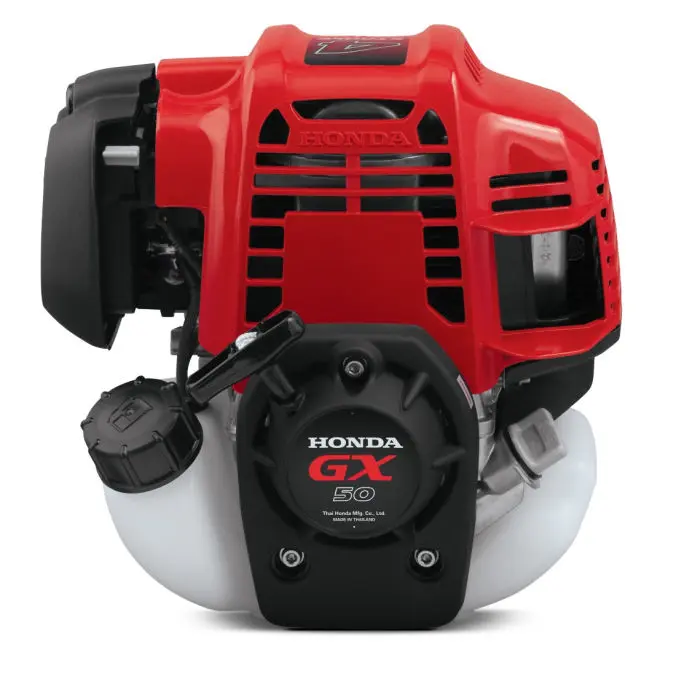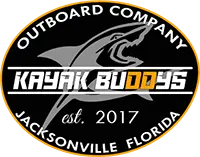MAINTENANCE LIST
Heat Cycling and Break-in
Please run the engines in a bucket of water. This helps torque the gearbox and drive system. It also reduces any harmonic noise from the drive system being run without any back pressure.
On all 4-stroke engines, you must cycle the engines through full warm-up (about 10 minutes). Let the engine cool down, repeat the same procedure 2 more times and check oil levels. During this process cycle the throttle and rev it up occasionally and back to idle. Honda engines do not technically need break-ins, but it is always good to run the engine and make any throttle adjustments before you hit the water.
Check the oil level immediately and fill up to the upper level if needed. 30-weight oil works great in warmer climates. Adjust weight if necessary, depending on season.
Once you have a few hours on the engine, I normally fully drain all 4 strokes and refill them with new oil. 4 oz. of oil is required. Do not overfill. Fresh oil is the key to engine longevity. Engine damage and seizing will occur. Protect the investment. Always check oil levels before and after every trip to maximize life on all-size power heads. Don't void warranties by being careless. No low oil shut-off switches are found on these small 4 strokes except for the Honda GXV50 engine. The larger 5 hp and up vertical engines commonly have this feature and a much larger oil sump. The safe zone for all Honda and non-branded small 4 strokes is to check your oil every trip, and top off after a day of hard run time.

